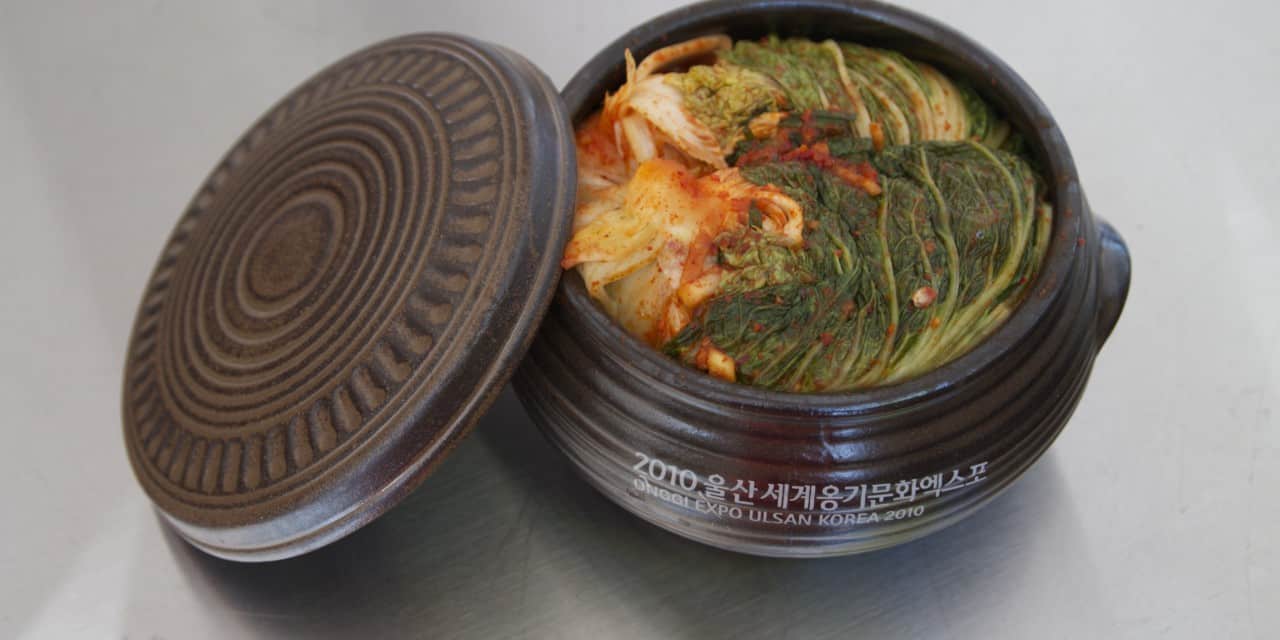
If there is one thing an expat can appreciate, it’s returning “home” for a visit.
However, after being away for more than a year in one of the world’s healthiest countries, we were more than a little shocked at the sites we saw when were stateside for three weeks in September 2010 last year.
Don’t get me wrong, Griffin and I appreciate good food, and both acknowledge that we have some pounds we’d like to drop, but it’s so disheartening to see the health of America declining so rapidly.
In Korea, on the other hand, you’ll be hard pressed to find an obese person anywhere. As the origin of the world’s leading martial art, Tae Kwon Do, along with all the beautiful and well used-hiking trails, exercise is made a priority here.
So is healthy food. Vegetables, fresh and ripe, garner every table at every meal. We were surprised and happy to learn that a Korean national food, Kimchi, is listed in the World Health Organization’s (WHO) top five healthiest foods.
Kimchi, that spicy, fermented, national treasure, is eaten three times a day by most Koreans. According to the WHO, this vegetable and red pepper paste based food is high in fiber, but low in calories, and makes up for 80% of your daily need of Vitamin C and Carotene. It’s also rich in vitamin A, thiamine (B1), riboflavin (B2), calcium, and iron, and contains a number of healthy bacteria. In addition, it’s extremely good for your immune system and has been proven to fight off viruses and infections.
We’ve often wondered about the process of making Kimchi, and after more than a year, we finally got to experience it first hand.
Thanks to the Ulsan Metropolitan Office of Education, we were sent to a one day “Kimchi School” at the Onggi Festival in Ulsan.

There, we were assigned a helper, and given all the ingredients and tools we needed. We were surprised that it is such a hands-on process.

After mixing some oil, ground red pepper and garlic together with some chopped onions and radish, we painstakingly smoothed the mixture between each leaf of a special cabbage plant. Our helper then rolled and wrapped our edible artwork into a picture perfect breeding ground for the helpful bacteria that will ferment the dish and give it the tangy flavor it needs, along with the added nutritional factors Kimchi is known for. The plants were carefully set into our handy clay pot, and we were told to set them outside for about three days to let them age a little before bringing them in to refrigerate.

We each made three Kimchi cabbages. (One of which was donated to a local nursing home by each participant.) This took us about an hour once we got underway. However, we’ve been told that Korean women make Kimchi only once per year. I have no idea how long that would take, but I know Americans should give it a try!
Thanks, Korea, for making the world a healthier place, one spicy cabbage leaf at a time.











